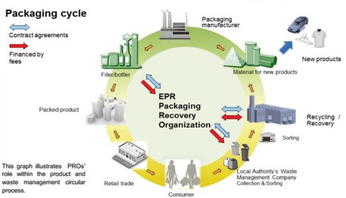AOI Requirements for Specific Converting Applications and Processes
Presented by Michelle Sullivan, Dr. Schenk of America
Converted products need a reliable form of inspection and monitoring to achieve a consistently high-quality product. Automated Optical Inspection Systems (AOI) can provide reliable inspection and help improve processes. There is a balance between standard solutions and customized solutions to provide an effective and reliable system for specific web converting processes.
Defect detection capability is determined by two main factors: defects and material. The defects that need to be detected will have necessary parameters for the size and contrast. The material factors are optical noise, density, and color. The goal of the AOI is to optimize the signal-to-noise ratio for the best possible defect detection. Even with the detection of the smallest defects, there are other considerations within these processes to maintain a high-quality product.
For specific converted products and processes, there may be requirements beyond local defect detection on a material. This is where additional process monitoring capabilities should be evaluated within an AOI. Measurement and material properties are other considerations that are necessary depending on the application.
Laminated film products are used in a wide range of applications, all of which demand a consistent level of quality. One quality concern that is more difficult to detect on laminated film are wrinkles. To detect these wrinkles, additional illumination needs to be added to the configuration. The oblique line channel is added to illuminate the area from the side allowing for wrinkles to be distinguished as a defect and classified.
Coated materials also provide their own challenges within production processes. During these coating processes, microscopically thin layers are deposited on film substrates. To guarantee their full functionality, these layers must be free from defects, contaminations, or thickness variations. EasyMeasure monitors local thickness variations giving a snapshot of the coating surface and identifying layer thickness variations. A real-time 100% map of base film or coating, thickness homogeneity as well as porosity, breathability, or HAZE is critical to have during these production processes.
Another process that requires a unique additional inspection requirement is slitting. When slitting, on-line roll qualifications for slit lanes are critical. Defect density maps can signal when and where quality levels are decreasing. Web geometry measurement can be used to give automatic measurements of lane widths. This is becoming more and more critical within roll-to-roll battery applications.
Automated Optical Inspection Systems (AOI) can provide much more than local defect detection and classification. With intelligent software, classification has become much more reliable going beyond being just a picture taker and stored data.
This post is for paying members only
SubscribeAlready have an account? Log in

